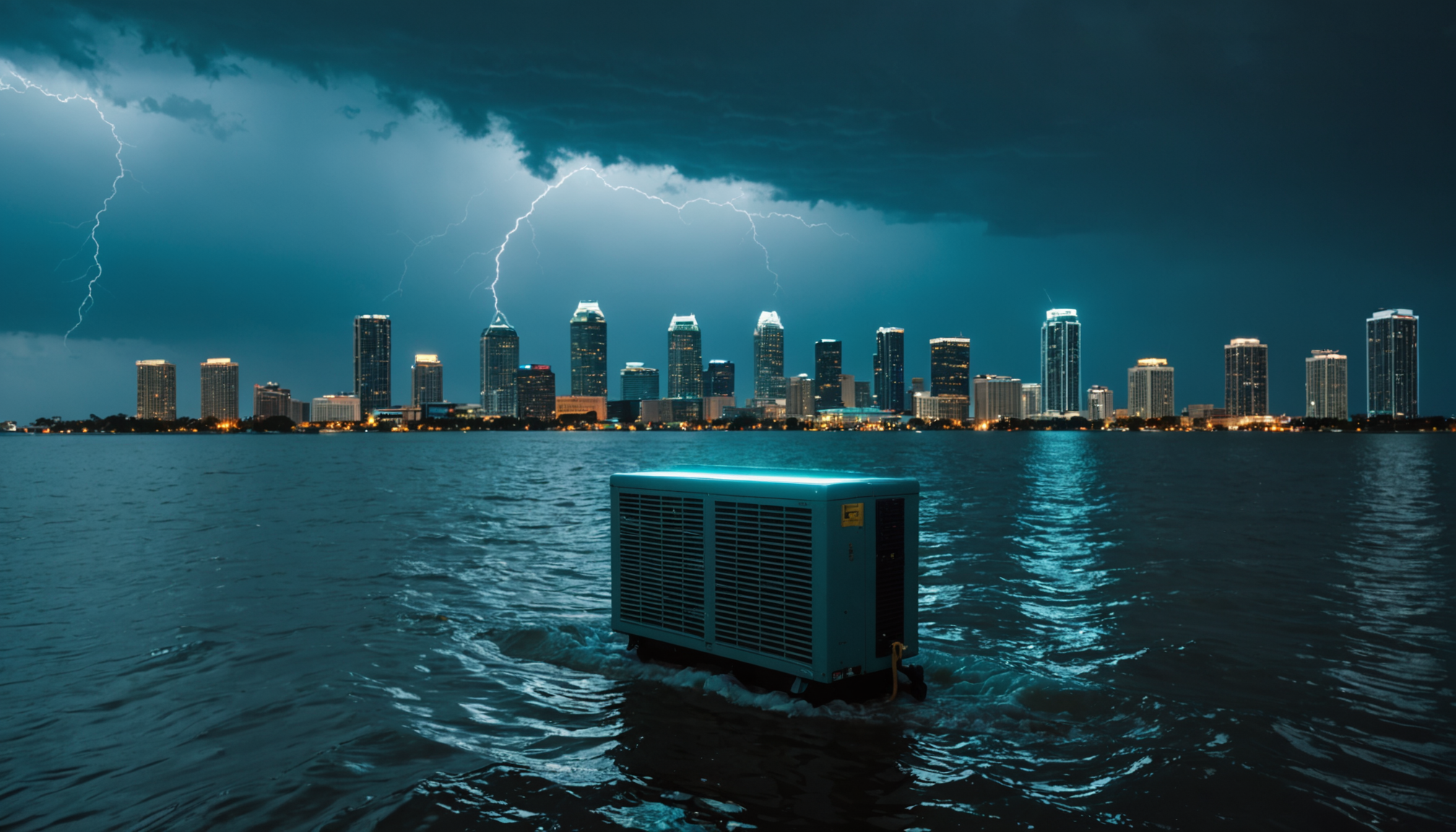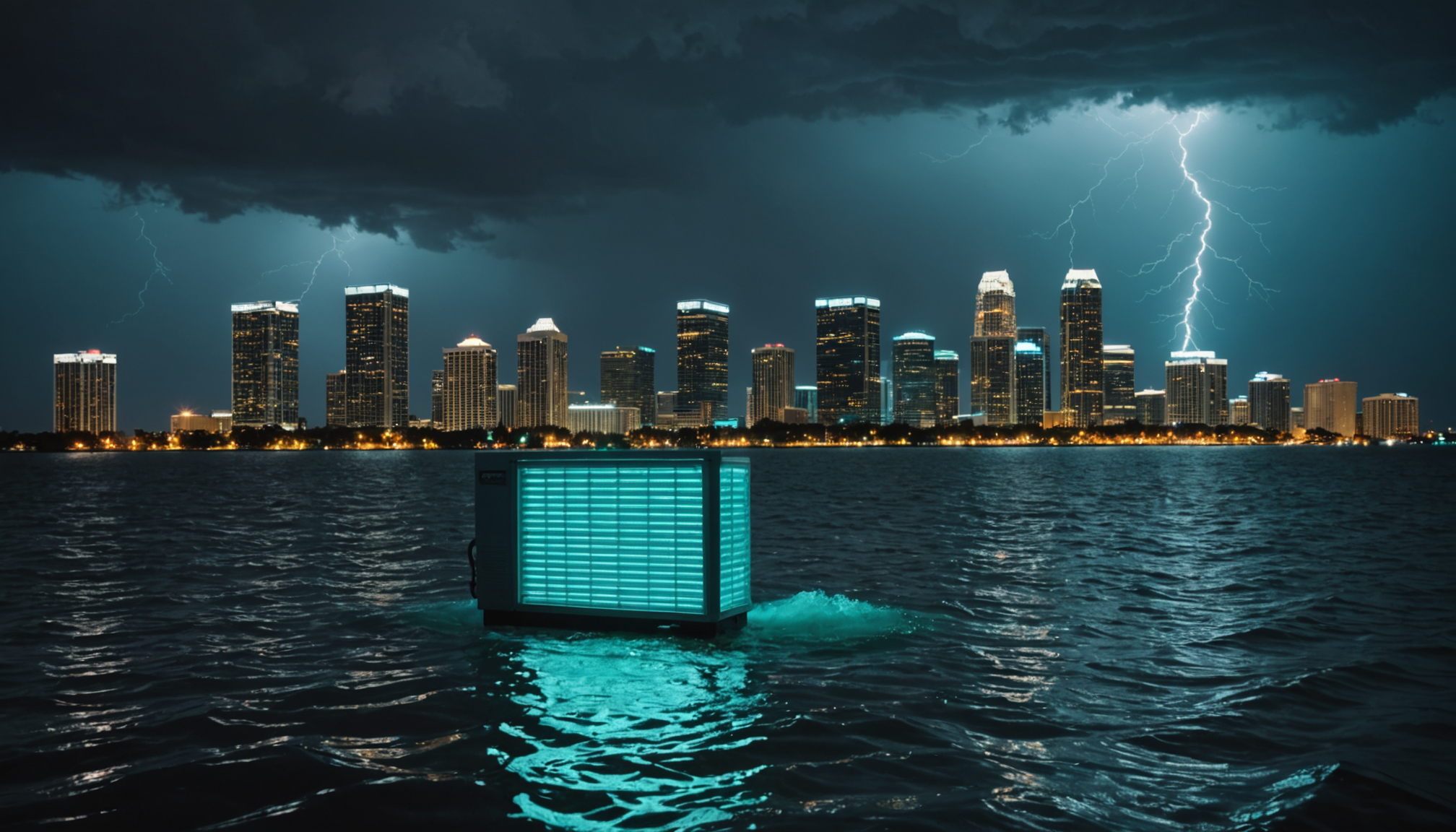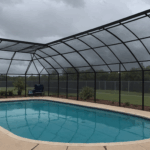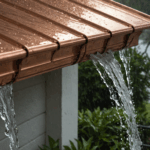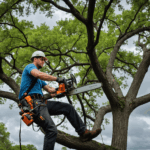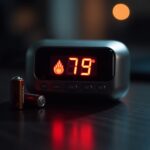Tampa Bay’s unique geographical features make it particularly susceptible to devastating storm surges, with the National Hurricane Center identifying it as one of the most vulnerable areas in the United States. According to NOAA’s Storm Surge Risk Maps, a Category 3 hurricane could potentially generate storm surges of 10-15 feet above ground level in many parts of Tampa, putting thousands of homes and their HVAC systems at risk.
Historical data from the Tampa Bay Regional Planning Council shows that the region has narrowly escaped several catastrophic storm surge events over the past century. The 1921 Tampa Bay Hurricane remains the area’s benchmark storm, producing a 11-foot storm surge that would cause billions in damage if it occurred today. Climate scientists at the University of South Florida project that rising sea levels could amplify future storm surge heights by an additional 1-3 feet by 2050.
The bowl-shaped topography of Tampa Bay acts as a natural funnel, amplifying storm surge effects. When strong winds push water into the bay, the narrow entrance prevents it from easily dispersing, creating a dangerous “bathtub effect.” The Florida Department of Emergency Management reports that approximately 40% of Tampa’s residential areas lie within storm surge zones, with many properties containing vulnerable outdoor HVAC equipment.
- Key risk factors for Tampa properties include:
- Low-lying coastal areas with elevations under 10 feet
- Properties near canals, rivers, and other waterways
- Areas with poor drainage or flood control infrastructure
- Locations identified in FEMA’s flood maps as Special Flood Hazard Areas
Recent modeling by the Tampa Bay Climate Science Advisory Panel indicates that even moderate storms could generate surge levels sufficient to damage or destroy unprotected HVAC equipment in coastal neighborhoods. The combination of rising sea levels and the potential for more intense hurricanes due to climate change makes understanding and preparing for storm surge risks increasingly critical for Tampa homeowners.
Equipment vulnerability assessment
When assessing equipment vulnerability in Tampa’s storm surge zones, homeowners must carefully evaluate their HVAC systems’ exposure to potential flood damage. A comprehensive assessment begins with determining the current elevation of outdoor AC condensers and other critical equipment relative to the Base Flood Elevation (BFE) established by FEMA for specific locations.
Professional HVAC contractors recommend documenting the exact positioning of equipment, including measurements from ground level and proximity to structures that could either protect or potentially damage units during surge events. This documentation should include photographs and detailed notes about existing protective features or barriers.
Critical components requiring evaluation include not only the condenser unit but also electrical connections, refrigerant lines, and mounting hardware. In Tampa’s coastal areas, special attention must be paid to the condition of existing mounting brackets and platforms, as salt air exposure may have weakened these crucial support structures over time.
An often-overlooked aspect is the assessment of surrounding drainage patterns and how they might affect equipment during flood conditions. This includes evaluating nearby downspouts, grade slopes, and existing flood protection measures that could impact water flow around HVAC units during storm surge events.
- Important vulnerability assessment tips:
- Check equipment elevation against FEMA’s flood maps and local storm surge projections
- Evaluate the condition and height of existing equipment platforms and mounting systems
- Document the location of electrical components relative to potential flood levels
- Assess surrounding drainage patterns and existing flood protection measures
For properties within Tampa’s most vulnerable zones, particular consideration should be given to the age and condition of equipment, as older units may require additional reinforcement or replacement with more resilient systems designed specifically for flood-prone areas. Many insurance providers now require detailed vulnerability assessments as part of their coverage requirements for properties in designated storm surge zones.
Protective measures for AC condensers
When it comes to protecting AC condensers from storm surge threats, several proven strategies can significantly reduce the risk of damage. Elevating equipment is paramount – the unit should be mounted at least 12 inches above the Base Flood Elevation (BFE) for your Tampa location. Professional HVAC contractors can install flood-resistant platforms or pedestals specifically designed to withstand water damage and strong currents.
Sturdy strapping and anchoring systems are essential, as storm surge can create powerful forces capable of dislodging equipment. Use marine-grade stainless steel straps and corrosion-resistant hardware to secure condensers, as standard materials often fail in saltwater conditions. The straps should be attached to concrete anchors embedded in a reinforced pad or foundation.
Protective barriers or custom-built flood walls around HVAC equipment can provide additional security. These should be properly engineered to withstand hydrostatic pressure and include adequate drainage features to prevent water accumulation. Quick-deploy flood barriers can offer temporary protection when storms approach, but permanent solutions are generally more reliable.
- Essential protective measures include:
- Installing waterproof disconnect switches above potential surge levels
- Using sealed conduit connections for electrical components
- Implementing proper drainage systems around equipment pads
- Installing automatic shutoff systems that activate during flood events
For properties in Tampa’s highest-risk areas, consider relocating AC condensers to elevated platforms attached to the structure or installing them on rooftops when feasible. While this may require additional structural modifications, it provides the most comprehensive flood protection against severe storm surge events.
Modern flood protection measures also incorporate quick-disconnect features that allow equipment to be rapidly removed and relocated when severe storms approach. This option requires careful planning and pre-installed mounting systems at both primary and backup locations.
Preventive maintenance and inspection
Regular maintenance checks and thorough inspections are critical components of storm surge preparedness in Tampa’s flood-prone areas. A well-structured maintenance schedule should include quarterly inspections of HVAC equipment, with more frequent checks during hurricane season from June through November.
Start by examining the integrity of mounting systems, ensuring all anchors, straps, and hardware remain tight and free from corrosion. Salt air exposure in Tampa can accelerate deterioration, making it essential to check for rust, loose connections, or compromised mounting points. Document any signs of wear and address them promptly to maintain flood protection effectiveness.
Drainage systems around AC units require particular attention. Clear debris from equipment pads, check that water diversion channels remain unobstructed, and verify that flood protection barriers haven’t been compromised. Test automatic shutoff mechanisms and flood sensors regularly to ensure they’ll function properly during storm surge events.
- Essential maintenance checklist includes:
- Testing electrical connections and waterproof seals quarterly
- Inspecting and tightening all mounting hardware
- Checking the condition of flood barriers and protective enclosures
- Verifying proper operation of elevation mechanisms and platforms
- Documenting all inspections and maintenance activities
Professional HVAC technicians should conduct biannual comprehensive inspections, focusing on both equipment performance and flood protection measures. These inspections should include load testing of elevation systems, verification of waterproof seals, and assessment of surge protection devices.
Maintain detailed records of all inspections, repairs, and modifications. These records prove invaluable for insurance purposes and help track the degradation of protective measures over time. Create a maintenance calendar that aligns with Tampa’s storm seasons, scheduling major inspections before peak hurricane months.
By implementing a robust maintenance and inspection routine, you’re not just protecting your equipment – you’re safeguarding your investment and ensuring your HVAC system remains reliable when you need it most. Remember that consistent attention to detail today prevents costly failures during severe weather events tomorrow.
Emergency response planning
- What should I do with my AC unit when a hurricane is approaching Tampa?
- When a hurricane threatens Tampa, shut down your HVAC system completely and cover the condenser with a manufacturer-approved protective cover or storm shroud. If your unit is in a particularly vulnerable location and time permits, consider having a licensed HVAC technician disconnect and temporarily relocate it to higher ground.
- How quickly can I restart my AC after a storm surge?
- Never restart your HVAC system until a qualified technician has inspected it if it was exposed to flood waters. Storm surge can introduce contaminants and cause electrical damage that may not be visible, making professional inspection essential for safety and equipment longevity.
- What’s the best flood protection system for my outdoor AC unit?
- The most effective flood protection combines elevated mounting platforms, marine-grade straps, and permanent flood barriers designed for your specific location. For Tampa properties in high-risk areas, rooftop placement or custom-engineered flood walls provide optimal protection against storm surge.
- How often should I update my emergency response plan for HVAC equipment?
- Review and update your emergency response plan at least twice yearly, before and after hurricane season in Tampa. Include current contractor contact information, equipment specifications, and documented procedures for shutdown and evacuation scenarios.
- What insurance coverage do I need for my HVAC system in a storm surge zone?
- Standard homeowners insurance often doesn’t fully cover storm surge damage to HVAC systems. Consider additional flood insurance that specifically includes outdoor equipment coverage, and verify your policy covers both replacement costs and emergency service calls in storm scenarios.
